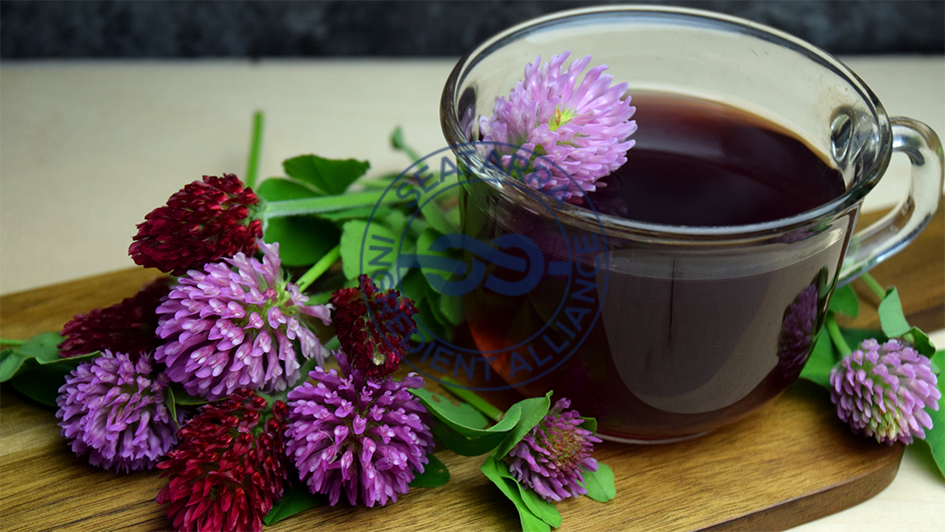
Wilderness Wellness: Tips for Using Nature’s Herbs for Optimal Health
Embracing the wilderness not only reconnects us with the natural world but also opens the door to the vast medicinal resources that nature has to offer. Across various cultures and throughout history, people have turned to the earth’s flora for healing and health enhancement. Today, with a growing interest in natural and holistic health practices, understanding how to harness the benefits of wild herbs is more relevant than ever. This comprehensive guide explores how you can utilize nature’s bounty responsibly and effectively to enhance your wellness.
The Healing Power of Wild Herbs
Wild herbs have been used for centuries to treat illnesses, boost immunity, and promote overall well-being. These plants grow naturally in the wilderness and are adapted to their specific environment, often developing strong bioactive compounds as a result. These compounds can have various health benefits, including anti-inflammatory, antioxidant, antibacterial, and antiviral properties.
Identifying and Harvesting Wild Herbs
Before you can use wild herbs, you need to know how to identify and harvest them correctly and sustainably.
1. Identification
- Learn from Experts: Take courses or guided walks with experienced herbalists or botanists. Books and online resources can also be valuable, but make sure they are reputable.
- Use Technology: Apps like PictureThis or iNaturalist can help identify plants, but always double-check with multiple sources.
2. Harvesting
- Sustainable Practices: Only take what you need and be mindful not to harm the plant’s ability to reproduce. Avoid overharvesting and respect the natural habitat.
- Right Conditions: Harvest herbs when they are at their peak, typically in the morning after the dew has dried but before the sun is too hot, to ensure optimal potency.
Popular Wild Herbs and Their Uses
Here are some wild herbs commonly found in various parts of the world and their traditional uses for health:
1. Nettle (Urtica dioica)
Nettle is highly nutritious and has been used historically to treat joint pain and help flush harmful bacteria from the urinary tract.
- Uses: Nettle can be brewed into a tea, cooked like spinach, or dried and used as a seasoning.
2. Dandelion (Taraxacum officinale)
Every part of the dandelion is edible and medicinal. It is known for its liver-supportive and detoxifying properties.
- Uses: Dandelion leaves can be added to salads, roots can be roasted and brewed into a coffee substitute, and flowers made into syrups or wine.
3. Red Clover (Trifolium pratense)
Traditionally used to treat inflammation and respiratory conditions, red clover is also rich in isoflavones, which are known for improving skin health and elasticity.
- Uses: The flowers can be steeped to make a sweet-tasting tea or used in soups and other dishes.
4. Yarrow (Achillea millefolium)
Known for its ability to stop bleeding and heal wounds, yarrow also helps with fever and minor digestive problems.
- Uses: Yarrow can be applied topically as a poultice or infused into a tea. It’s also used in tinctures for more concentrated medicinal properties.
5. Plantain (Plantago major)
Not to be confused with the banana-like fruit, plantain leaves have potent antiseptic and anti-inflammatory properties, making them excellent for healing cuts, insect bites, and skin irritations.
- Uses: Crush fresh leaves and apply directly to the skin or brew them into a healing tea.
Integrating Wild Herbs into Your Wellness Routine
Incorporating wild herbs into your daily life can boost your health and deepen your connection to nature.
Culinary Uses
Incorporate herbs into meals by using them as spices, in teas, or as nutrient-dense greens in salads and smoothies. This not only enhances flavor but also boosts nutritional intake.
Medicinal Uses
Create tinctures, salves, and poultices with harvested herbs to treat specific ailments like skin irritations, muscle pains, or digestive issues. Remember to research each herb thoroughly to understand its medicinal properties and potential side effects.
Wellness Practices
Regularly consuming herbal teas or baths can promote relaxation and stress relief, enhancing overall well-being.
Conclusion
Wild herbs offer a unique, natural way to enhance health and wellness, provided they are used responsibly and sustainably. By learning to identify, harvest, and utilize these plants, you not only benefit from their medicinal properties but also foster a deeper appreciation and connection with the natural world. Whether you’re looking to treat specific health issues or simply enhance your overall well-being, the wilderness has an abundance of solutions to offer.



